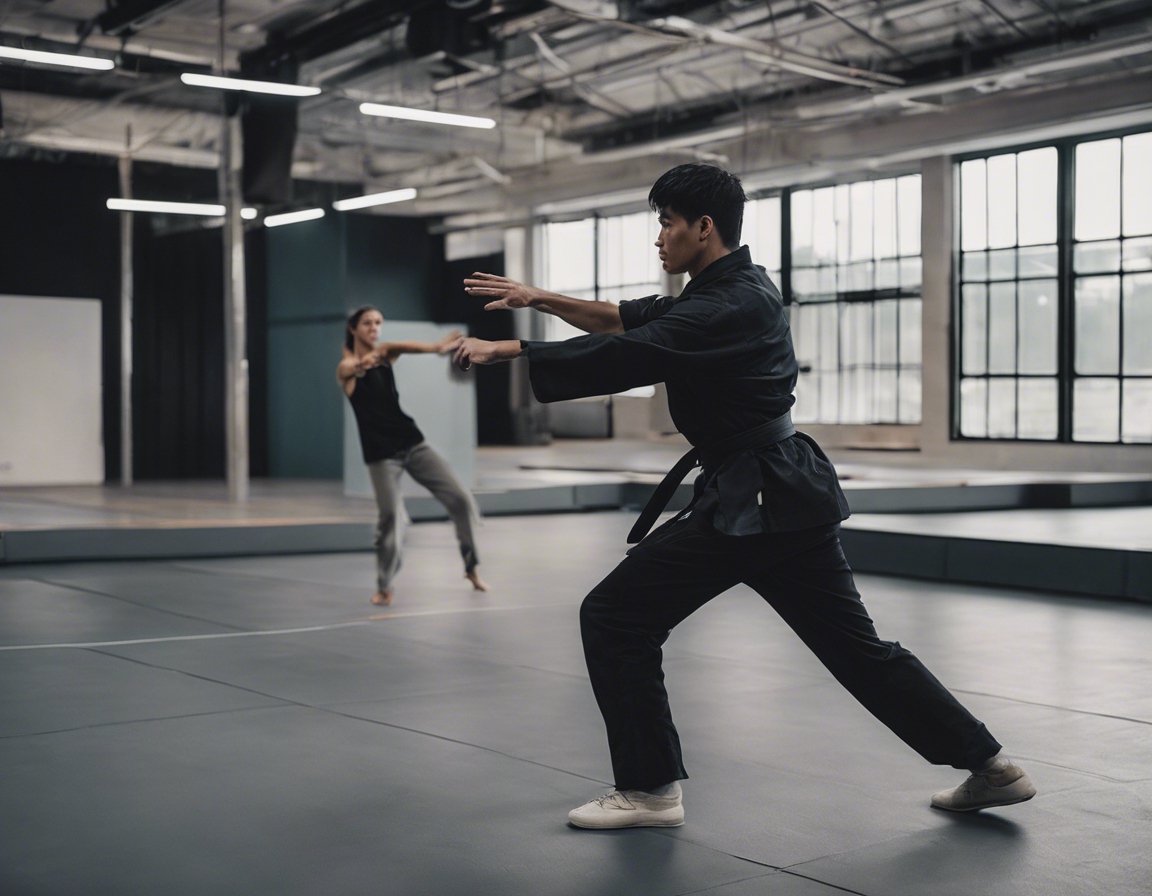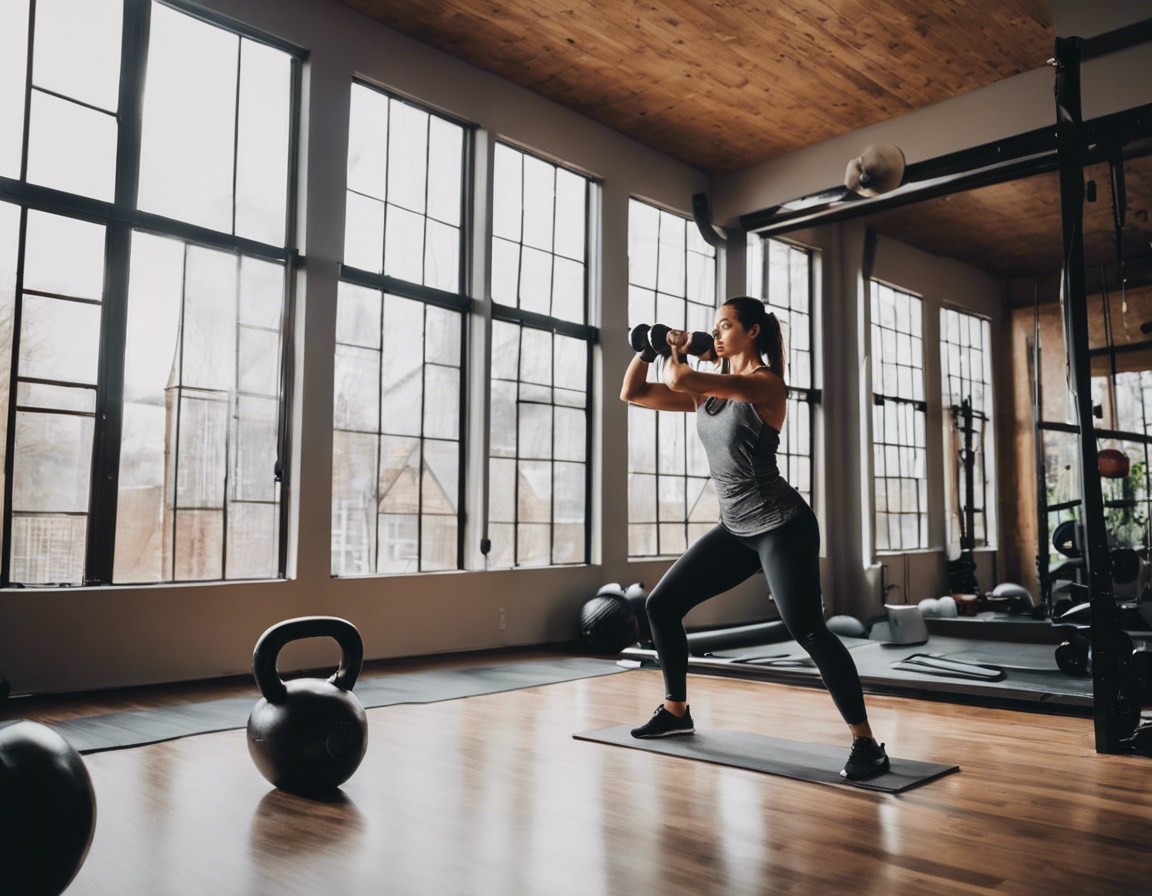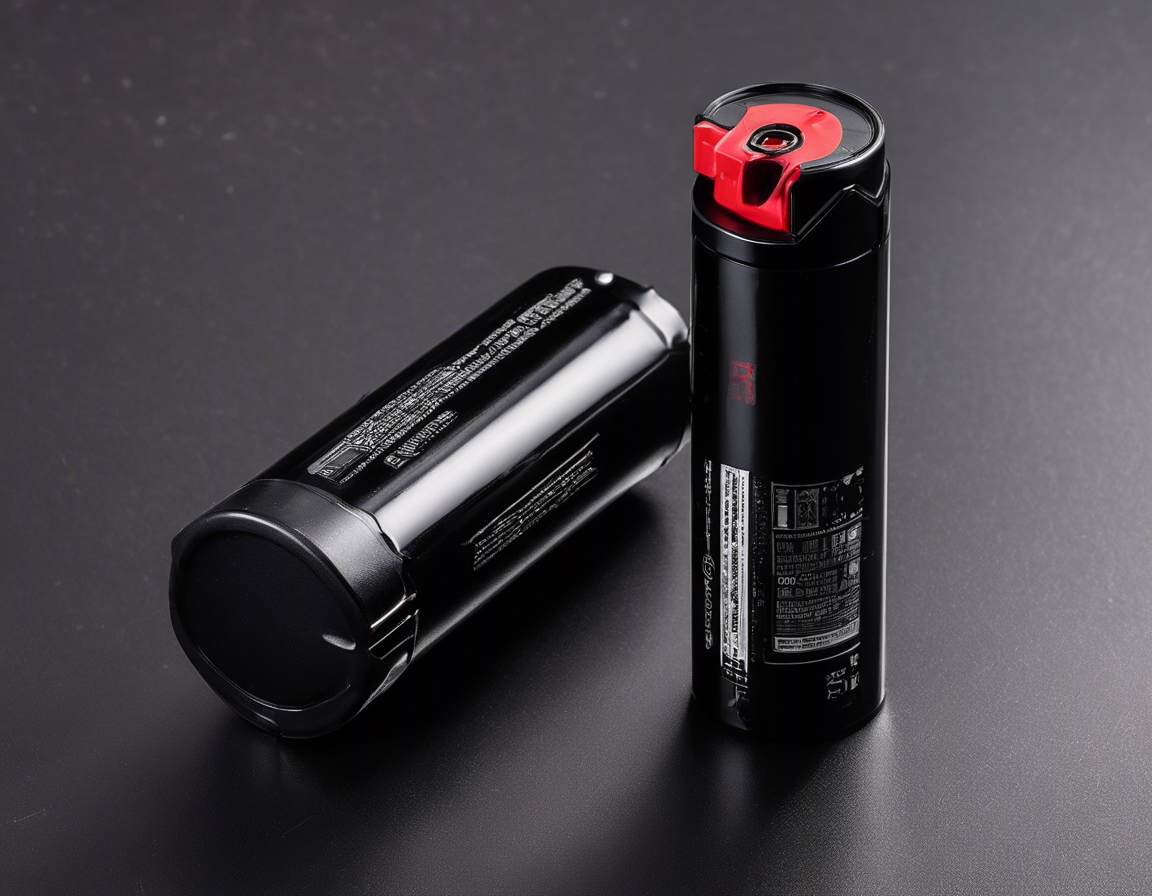5 essential shooting techniques for beginners
Mastering the art of shooting is not just about pulling the trigger; it's about combining several key techniques to ensure accuracy, safety, and confidence. For beginners, understanding and practicing these fundamentals is crucial for developing a solid foundation in shooting.
Stance: The Foundation of Good Shooting
The Isosceles Stance is characterized by standing with feet shoulder-width apart and arms extended straight towards the target, forming an isosceles triangle. This stance provides stability and is easy to learn for beginners.
The Weaver Stance involves a more bladed body position with the non-dominant foot forward. The arms are bent with the dominant hand pushing the firearm forward while the support hand pulls back, creating isometric tension. This stance allows for better recoil management.
Experiment with both stances to find which feels more natural and provides better control. Practice regularly to build muscle memory and consistency.
Grip: Controlling Your Firearm
A proper grip is essential for controlling your firearm and managing recoil. The dominant hand should be high on the backstrap, with the thumb resting along the frame for support.
The support hand wraps around the dominant hand, with fingers overlaying or interlocking. This two-handed grip increases stability and accuracy.
Adjust your grip as needed to ensure that the firearm returns to its original position after each shot, allowing for quicker follow-up shots.
Sight Alignment and Sight Picture: Aiming Essentials
Sight alignment is the process of lining up the front and rear sights. The top of the front sight should be level with the top of the rear sight, with equal space on either side.
The sight picture is the relationship between the aligned sights and the target. Focus on the front sight while keeping the target and rear sight slightly blurred.
Avoid common mistakes such as focusing on the target instead of the front sight, or misaligning the sights. Consistent practice is key to overcoming these errors.
Trigger Control: The Key to Accuracy
Trigger control is critical for accuracy. The trigger should be pulled straight back with steady pressure to avoid disturbing the sight alignment.
Practice dry firing and other exercises to develop a smooth trigger pull. This will help prevent jerking the trigger or anticipating the shot.
Anticipation and flinching can disrupt your shot. Focus on breathing and trigger control to minimize these involuntary reactions.
Breathing Techniques: Staying Calm and Focused
Proper breathing helps maintain a calm state and reduces movement while shooting. Inhale deeply and exhale partially before taking a shot.
Develop a consistent breathing pattern during practice to integrate it into your shooting routine.
Coordinate your breathing with your shooting rhythm to create a smooth and controlled shooting experience.






Comments (0)